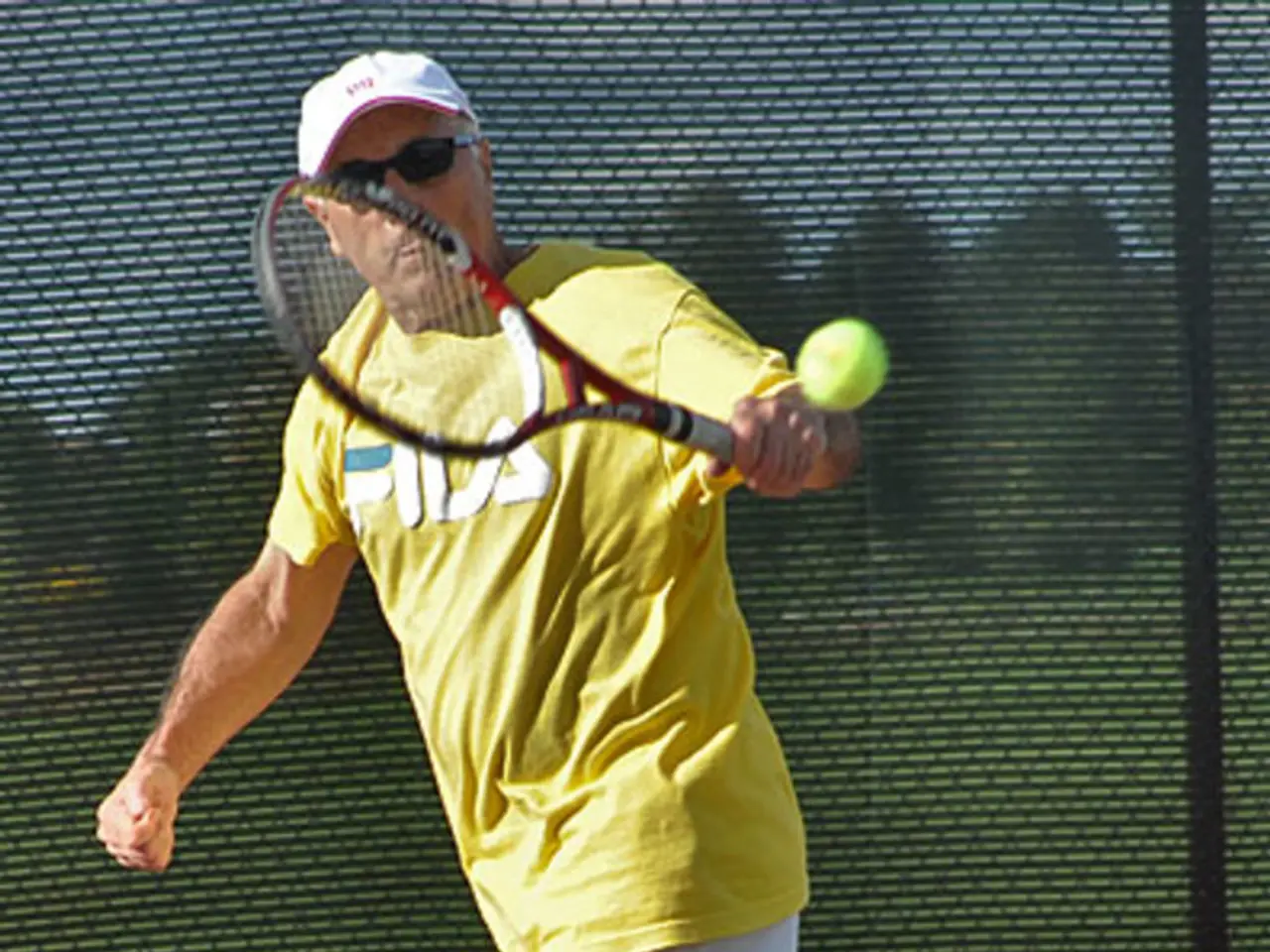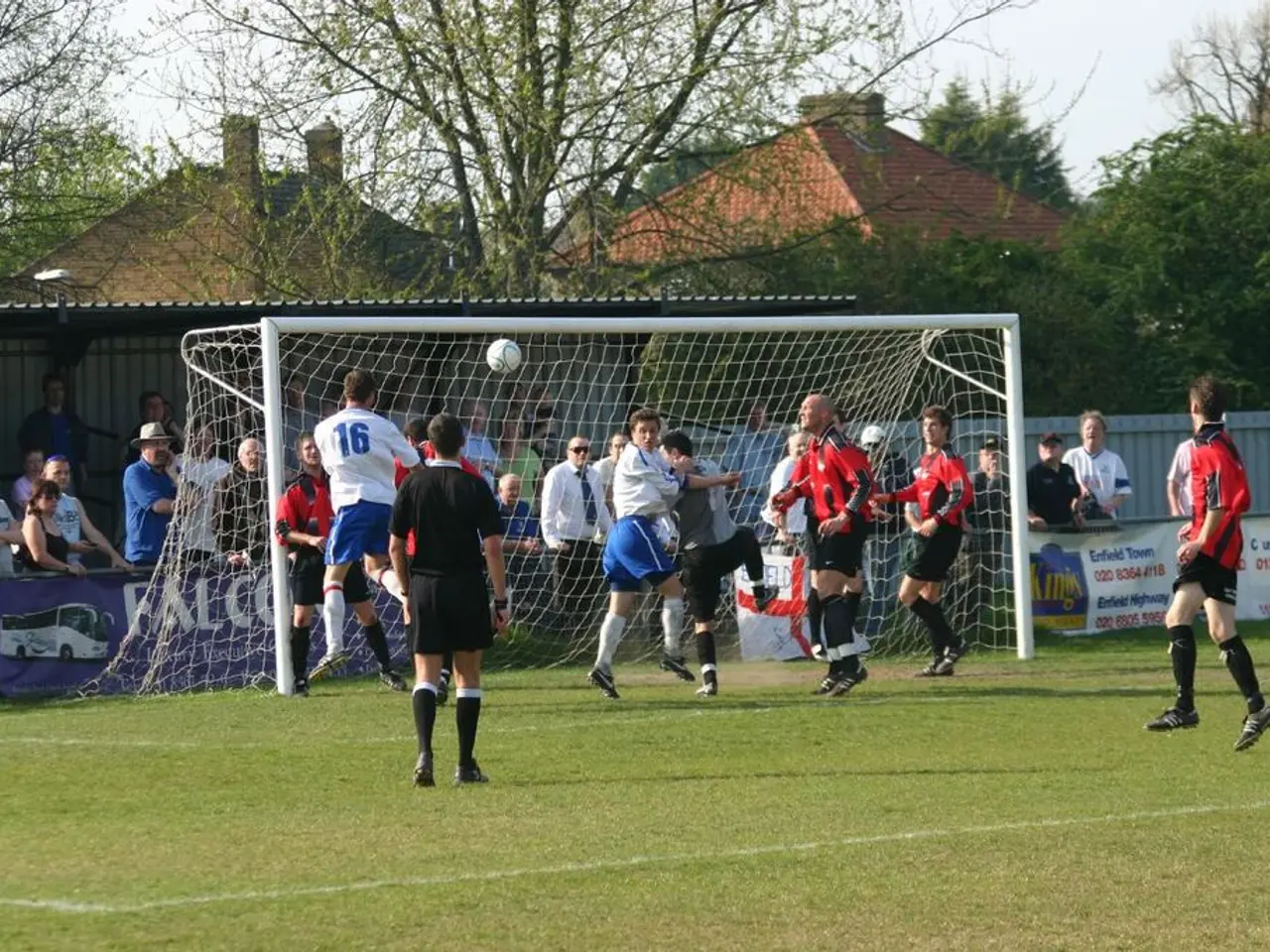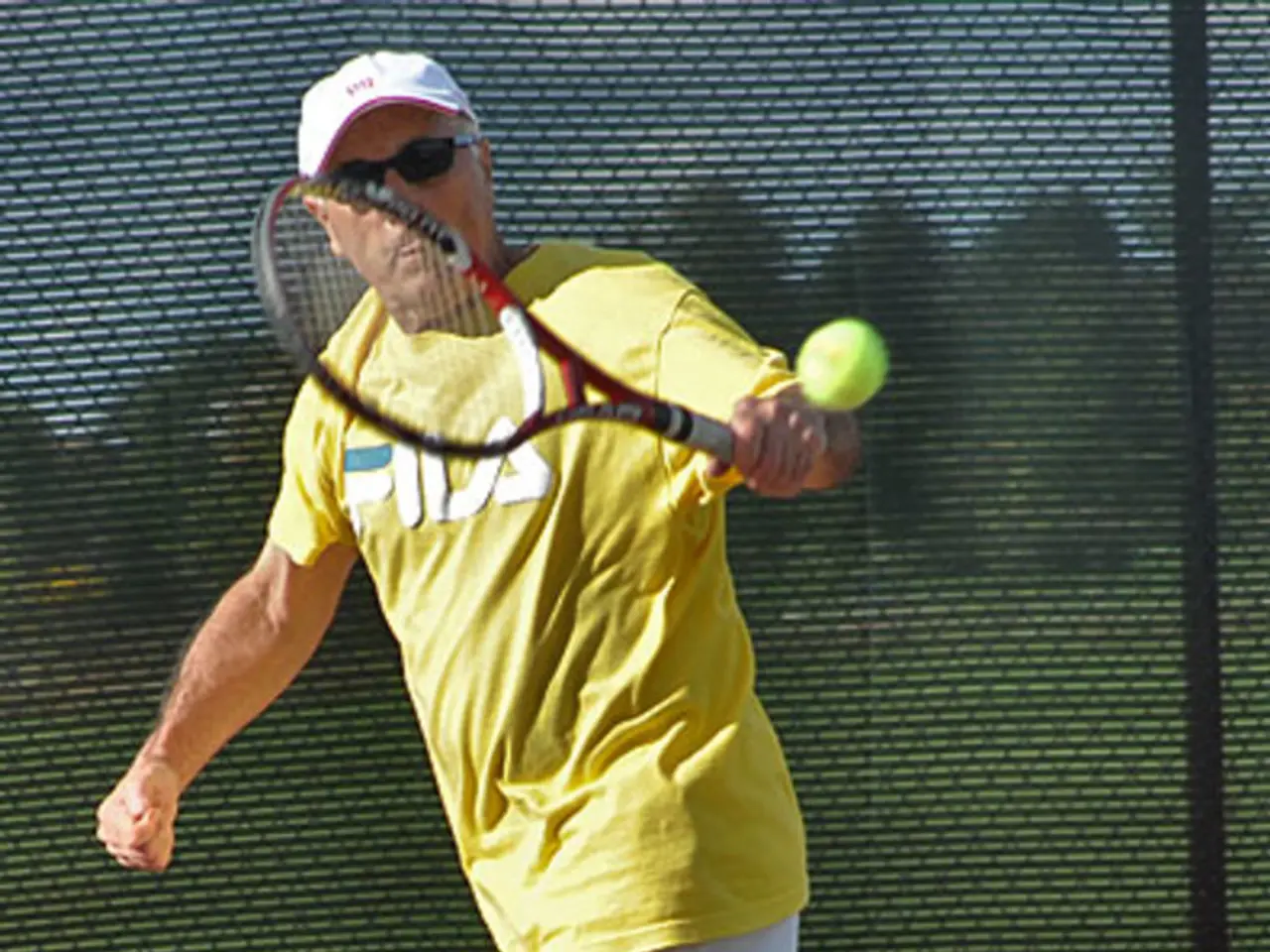Wimbledon's technology for making line calls experiences technical difficulties
In a groundbreaking move, Wimbledon, the world-renowned tennis tournament, introduced the Electronic Line Calling (ELC) system in 2025, replacing human line judges for the first time in its 148-year history. The system, powered by Hawk-Eye Live technology, uses multiple cameras installed around the court to track the ball's trajectory with high precision and issue automated line calls in real-time.
The adoption of ELC at Wimbledon follows its successful implementation across the ATP Tour and the Australian and US Opens, which had already phased out human line judges by 2025. The French Open, however, still relies on human line judges due to the easier visibility of ball marks on clay courts.
Despite its precision, the rollout of the ELC system has not been without incident. At Wimbledon 2025, a notable failure occurred when a call was missed because the system was "deactivated on the point in question" due to operator error. This incident highlighted some gaps in procedure when technology fails.
Previously, similar incidents occurred at ATP events in Montreal and Cincinnati in 2024, where the system was functioning but missed an out call during a rally, prompting the ATP to issue a "common sense" rule change to clarify umpire authority over technology calls.
Players and officials have reported some discomfort and adjustment challenges, such as automated calls being drowned out by crowd noise and the calm, somewhat uncertain-sounding AI voices replacing traditional human calls. Former line judge Pauline Eyre noted that the AI voice sometimes seems unsure, making the atmosphere feel awkward.
Minor logistical issues have also arisen, such as players hearing electronic calls from neighbouring courts and confusion at other tournaments, including the Australian Open.
Recently, British player Emma Raducanu expressed dissatisfaction with a call during her match, while Anastasia Pavlyuchenkova, a Russian player, saved a set point against Sonay Kartal in the first set but lost the point due to a system failure that took a game away from her. Pavlyuchenkova went on to win the match, but the controversy persisted.
The evolution of officiating technology reflects broader tennis trendlines toward technology standardization for fairness and accuracy but retains challenges in balancing tradition and innovation.
- The integration of ELC in various tennis events, such as the French Open, has different approaches based on court surface, as human line judges are still used in the French Open due to the visibility of ball marks on clay courts.
- Beyond tennis, advancements in technology have been significant in various fields, influencing aspects of lifestyle, health, news, entertainment, travel, and sports, to name a few.
- In the realm of sports news, controversial moments with regards to ELC system have been reported, like when Anastasia Pavlyuchenkova, a Russian player, lost a set point due to a system failure, costing her a game in her match.
- Technology adoption in sports, like the ELC system, faces challenges related to its implementation, operator errors, and the adjustments required for both players and officials, including dealing with AI voices that may sometimes come across uncertain.







